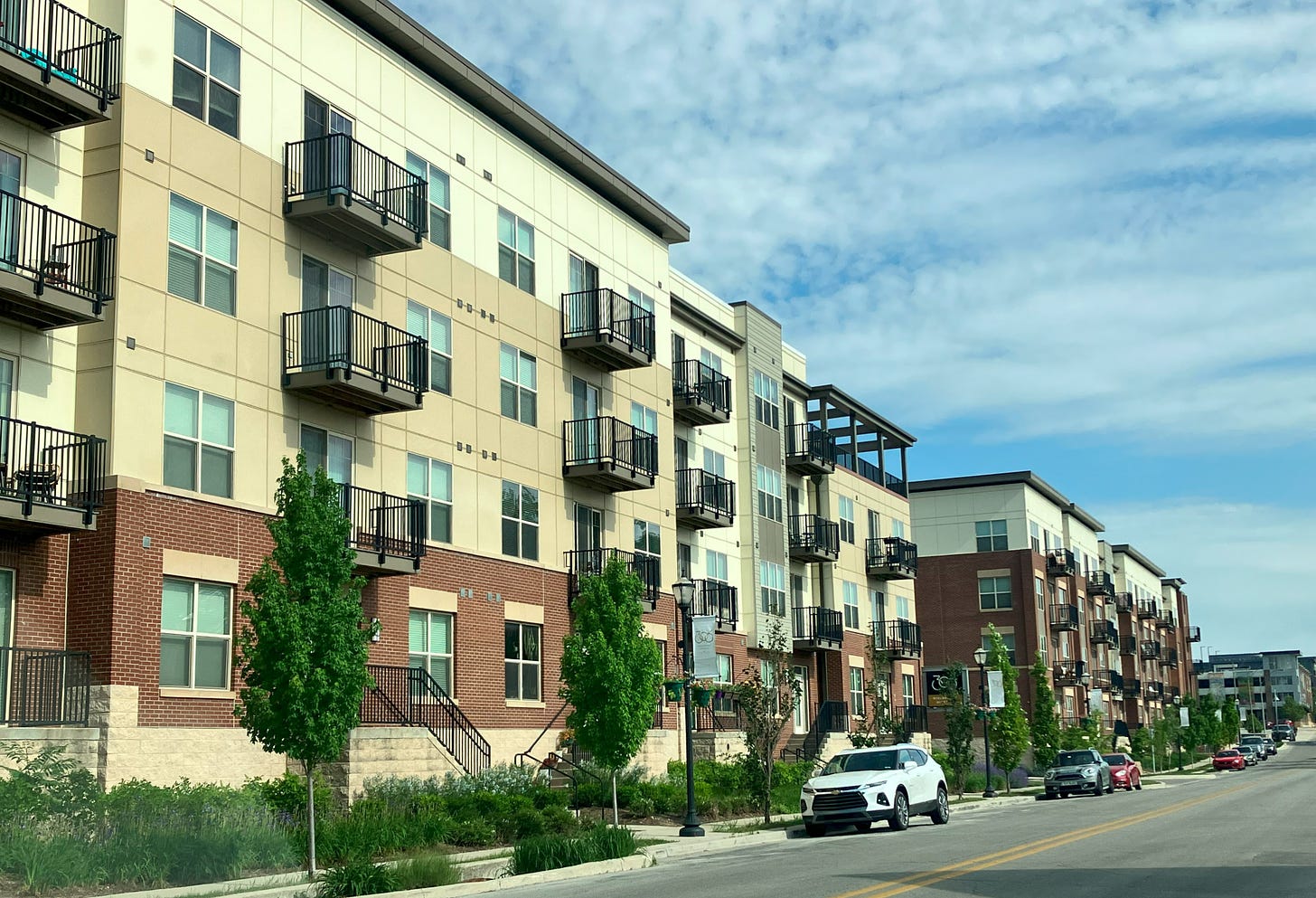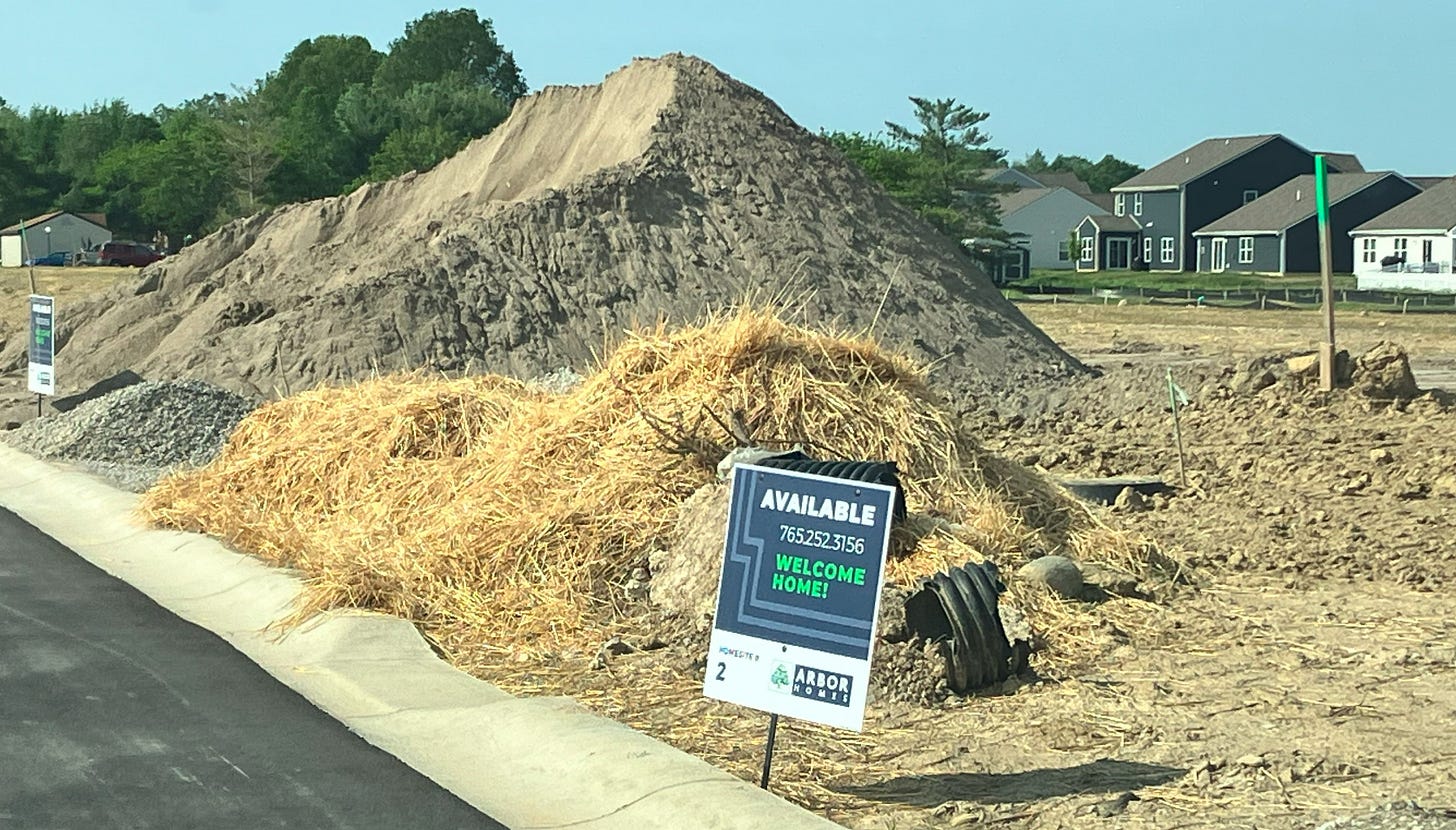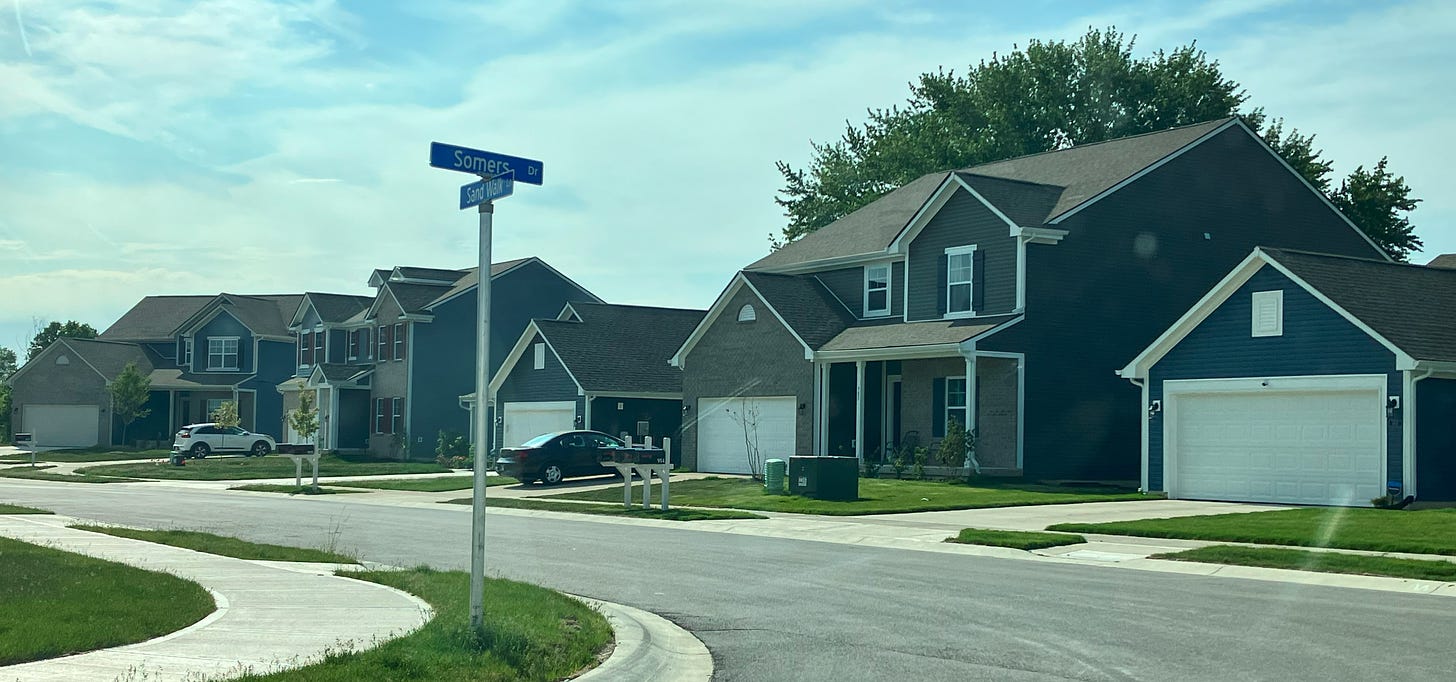Kokomo has an urgent housing need
Study shows up to 600 apartments, 400 homes needed to meet expected growth
Looking to get certified as a lifeguard? Join the Kokomo Family YMCA for a 3-day lifeguard course, starting on May 31. Sessions will be held from 9 a.m.-4 p.m. at the YMCA, 114 N. Union St. For more information, contact Madison Foye at: madison.foye@kokomoymca.org, Or register online here: https://operations.daxko.com/Online/5014/ProgramsV2/Home.mvc
The City of Kokomo has known for years that housing is a concern for the community. A study commissioned more than a decade ago showed that the city’s housing stock was in decline, and the need for apartments was urgent.
Several new apartment complexes and housing additions sprang up, and the city invested tax dollars to facilitate the development. It met some of the need, but the problem remained. Now, it is even more acute.
A new study commissioned by the city shows an even greater need for housing, and a break-neck timeframe that will be extremely difficult to meet.
“We enlisted the services of a consultant at the end of last year to start compiling information, not only with what the current needs would be based on employment and inventory and such, but also with the amount of jobs that are projected to come with the battery plant with suppliers and such,” said Mayor Tyler Moore.
When Stellantis and Samsung began work on the Star Plus Energy plant, more than 1,000 construction employees were dedicated to the job. But Kokomo couldn’t house them. Therefore, Star Plus now has a trailer town on site to house the workers.
A second company that announced development in Kokomo – Jaewon – recently purchased unused barracks at the Grissom Air Reserve Base to house its workers. The need is clear and present.
The intent of the study, Moore explained, was to establish a tool that could be distributed to developers showing the need for housing. With the study complete, that information was sent to about three dozen developers across Indiana and the Midwest. The response was positive.
“We've set up close to 20 meetings with developers, whether they were seriously interested, or just wanted more information, or wanted an opportunity to come to Kokomo and check it out,” said Moore. “We’ve had some interested parties. And we've taken an inventory, not just of what the city owns, either outright or through Kokomo Community Development Corp.”
Unfortunately, much of the land under city control is scattered across the city and is comprised of individual parcels which were gained either through the city’s blight elimination program or through Howard County’s certificate sales of properties surrendered due to unpaid taxes. Therefore, city planner began researching records for other options.
“We went back through notes and conversations over the last 10-12 years with property owners in Kokomo who said, ‘Hey, if there was ever the possibility, would you be interested in selling this piece of land?’” said Moore. “The development department, with the help of (former city engineer) Carey Stranahan, put together a series of maps that identified potential parcels that are privately owned and that could be used for development.”
The end result was still a disparate array of properties across the city, but they were included in the study’s scope. Hopefully, some of those properties can be used, but it will take significantly more to ensure that Kokomo’s expected growth needs are met.
“The study showed that we need between 400-600 multifamily apartment units, and then between 300-400 single family homes,” said Moore. “The large number of multifamily apartments is due primarily to the amount of Korean nationals that we’re expecting.
“They have been encouraged, almost told. not to own property when they come. Their work visas will be two-year stints at times. And so they're encouraged not to own property, but to rent. Therein lies the need for the apartments.”
Moore explained that the overwhelming majority of apartments that will be built should be rented at market rate, though a portion of them will be offered at affordable housing rates.
Some of the housing needs may be alleviated through investment in senior living facilities as well, Moore said.
“The study did show a need for not only multifamily and single-family housing, but also the potential for senior living,” said Moore. “With the aging population, there are those who would move out of those current single-family residences and into senior living situations.
“We don’t have as number on how many people will be in that situation. But it could be considered a need. That would free up some of the single-family residences that could be made available. Since the construction industry is struggling through increased material costs, insurance rates, and such, they look at the price point margins to decide whether it would be in their best interest to do this type of development versus that.”
Just because there is a need for housing doesn’t mean that developers will just rush to Kokomo and start building. Like any business investing in a community, incentives may need to be offered to gain their commitment, Moore explained. While no developer has yet asked for incentives like tax abatements, the city is defining its options for that as well.
“We don’t know,” said Moore. “In a lot of the initial discussions, we offered to work with them on permitting fees and the potential for extending infrastructure to them. There's a tool that's been thrown around now, a developer's TIF (Tax Increment Financing district), as well.
“It's a state tool that hasn’t been used here. I don't know how extensive it is, but it's something that can reimburse a developer through that tax increment being reinvested into the project.”
Moore said that a timeframe hasn’t been established for when new housing will come online. He believes it is unrealistic to expect significant housing increases prior to the opening of Star Plus Energy in the first quarter of 2025.
“There will be some up and available by then, but not as much as we would like to see,” said Moore. “The developers we've talked to recognize the need, and some are talking about the availability of state tax credits. The deadline for applying for those is mid-summer. That’s coming pretty quick. Otherwise, they’ll have to wait for the following year’s cycle, which just pushes development back.”
Still, Moore is very optimistic following the initial conversations. Some of the interested developers are prepared to move quickly and are well-versed in the state’s tax credit process.
“They are showing a desire to maybe put something together sooner than later,” said Moore. “That is promising.”








